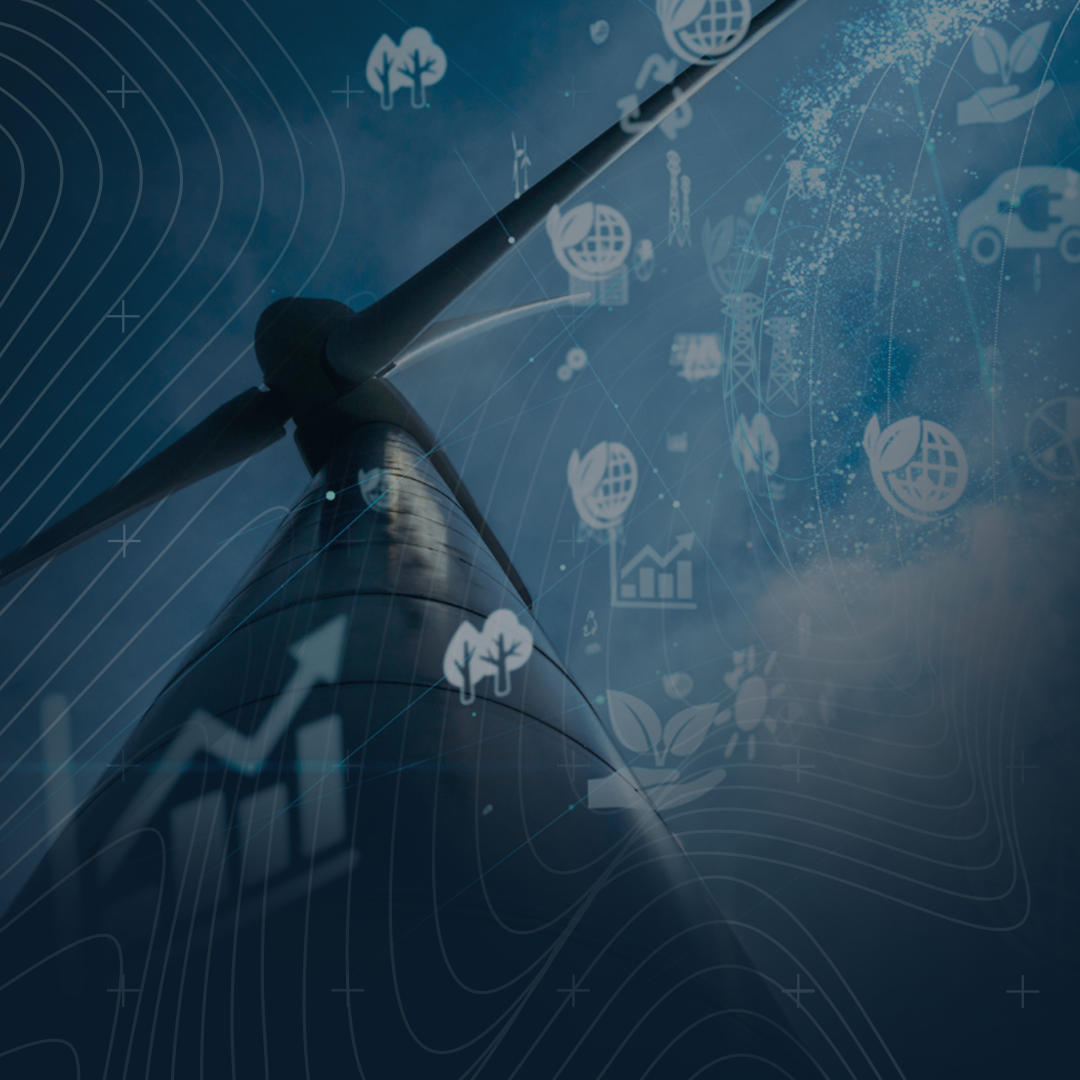The global pursuit of a sustainable energy future is intertwined with the broader ‘energy trilemma’ – a triad of challenges comprising energy security, affordability, and environmental sustainability. A blanket transition to renewable energy might appear to be the intuitive answer to carbon neutrality, but the realities of the global energy network suggest otherwise.To comprehensively address the energy trilemma, we must view the challenge not as a race but as a strategically paced transition that is economically viable and technologically feasible.
UNDERSTANDING THE SCALE AND COMPLEXITY OF ENERGY TRANSITION
The International Energy Agency (IEA) and resources like the Power Factbook have extensively documented the potential energy models for our future. Their insights underscore that achieving the laudable goal of net zero emissions by 2050 will require an optimal mix of diverse technologies tailored for varied applications.
Ignoring the levelised cost of energy—a metric that captures the cost of producing energy from a technology—will render our pursuit economically unsound.
By 2040, the electrification scale necessary for such a transition would demand unprecedented copper and aluminium production rates, surpassing their historical and 150-year totals respectively. To catalyse the required upsurge in renewable energy storage, about 60 more nickel and 50 more lithium mines would be essential by 2030. Astoundingly, lithium production would have to be amplified to 42 times the current rates by 2040. With China manufacturing 80% of the world’s PV panels, the call to action is clear: nations worldwide must dramatically upscale their photovoltaic panel production.
THE BALANCED APPROACH TO CARBON NEUTRALITY
Contrary to popular sentiment, our transition to a low-carbon future doesn’t entail the immediate abandonment of hydrocarbons. In reality, our current hydrocarbon infrastructure’s integrity is crucial, both to meet immediate energy needs and as a foundation for large-scale repurposing. Key among these repurposed applications will be Carbon Capture, Utilization, and Storage (CCUS), CO2 Sequestration, and Hydrogen generation, transportation, and utilisation.
The Necessity of Asset Management, Maintenance, and Reliability Engineering. The rapid deployment of these repurposed technologies introduces a realm of challenges that only rigorous asset management, maintenance, and reliability
engineering can address. These disciplines aren’t merely best practices – they’re the bedrock of the energy transition. By ensuring assets are optimally utilised, maintained, and replaced, we can not only guarantee a consistent energy supply but also enhance the economic viability of our endeavours.
The nuanced chemical properties of CO2 and Hydrogen make them pivotal in our pursuit of carbon neutrality. However, these same properties introduce risks. Hydrogen, for instance, is incredibly flammable and can embrittle metals. Carbon dioxide, in concentrated forms, presents asphyxiation risks. Thus, Asset Integrity and Process Safety Management practices become indispensable. They not only prevent economic losses arising from asset failures but also safeguard human life and the environment.
CONCLUSION
The transition to net zero carbon emissions by 2050 is a commendable ambition, but one fraught with complexity. To ensure this transition is secure, affordable, and sustainable, it is paramount to leverage the best practices in asset management, maintenance, reliability engineering, and safety. As we stand on the precipice of an energy revolution, let’s make informed, strategic choices that safeguard our planet and its inhabitants for generations to come.



